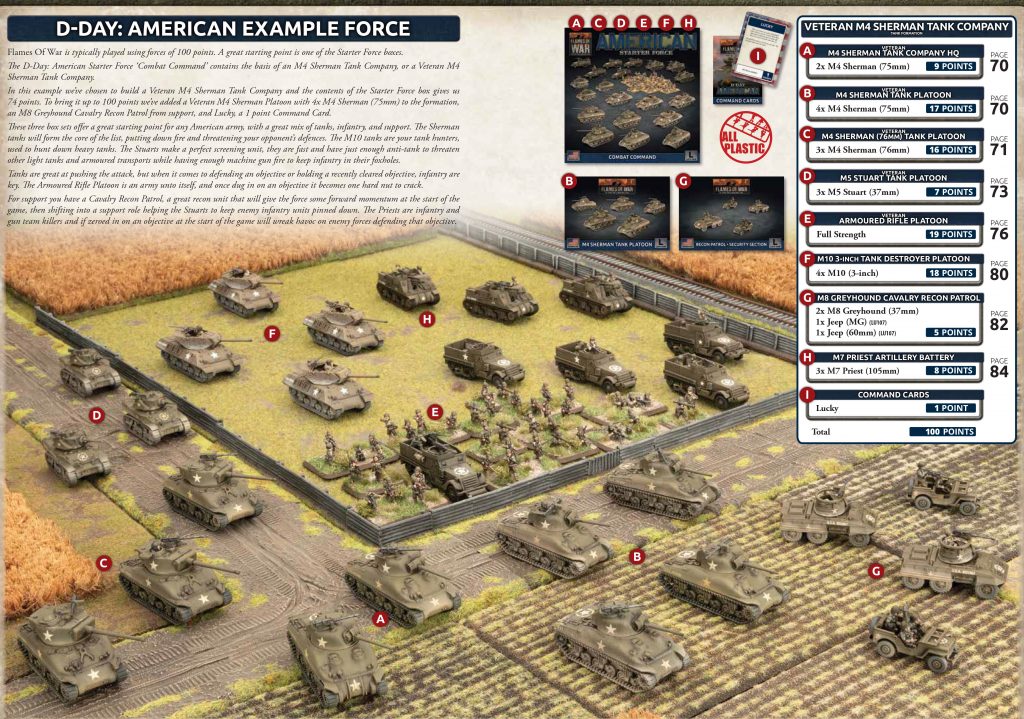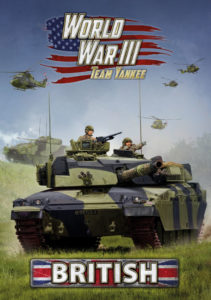
Inside our new British book for World War III: Team Yankee you will find a lot that is familiar for those with the original British book, Iron Maiden. However, we have added a whole lot more including new equipment like Challenger tanks and Warrior infantry fighting vehicles, their units and formations, as well as new support and new background.
Formations
World War III: British gives you seven different Formations to field in your Force.
Challenger Armoured Squadron
The first Formation you will encounter is the Challenger Armoured Squadron. This allows to field 2 to 4 Challenger Armoured Troops, with either a Swingfire or Warrior anti-tank unit, a Warrior or FV432 Mechanised Platoon, an Abbot Field Battery, and a Scorpion Recce Troop.
The Challenger was introduced in 1983, and was being introduced to the British Armoured Regiments stationed in West Germany, first with the 1st Armoured Division. It was fundamentally a super-Chieftain, with an improved engine and transmission, improved armour incorporating Chobham composite armour plates, and the TOGS thermal imaging system.
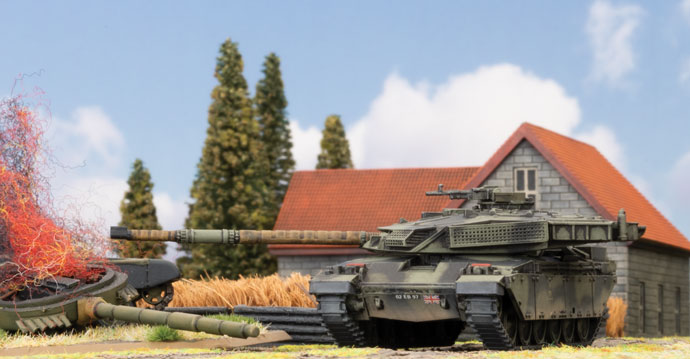
The Challenger still has the powerful 120mm L11 gun like the Chieftain, with its long range and excellent armour penetration.
The new Challenger Plastic model comes with all the parts to either the Challenger or the Challenger (ROMOR).
Warrior Mechanised Company
The second Formation in the book is the Warrior Mechanised Company. The formation contains 2 to 3 Warrior Mechanised Platoons, a Warrior Milan Section or Warrior Anti-tank Section, a Spartan Mobile Milan Section, a FV432 Mortar Platoon, a Abbot Field Battery, and either a Challenger Armoured Troop or Chieftain Armoured Troop.
The mechanised infantry are armed with up to 4 GPMG teams and 3 Carl Gustav anti-tank teams, a 2” Mortar team, and 4 Warriors. Each GPMG and Carl Gustav team is additionally armed with 66mm (LAW) anti-tank weapon. This makes the Mechanised Platoon as good sized unit with plenty of firepower.
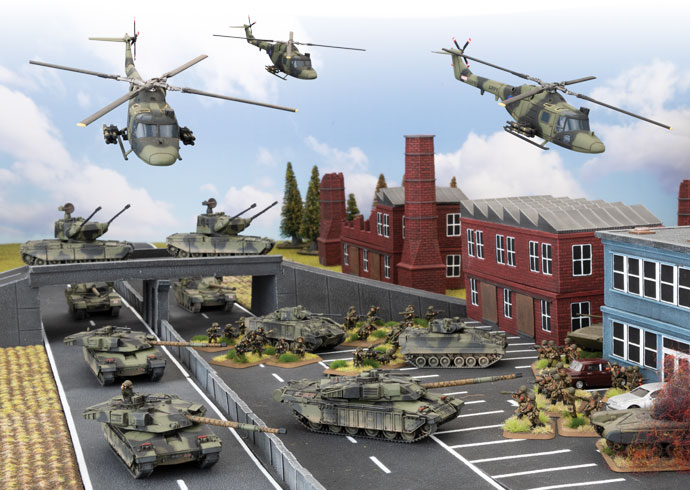
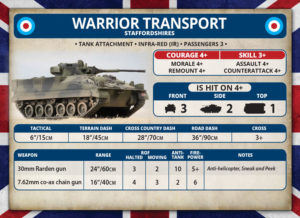
Chieftain Armoured Squadron
The Chieftain Armoured Squadron has a similar organisation to the Challenger squadron, but only has the Swingfire as its anti-tank option. Despite its age the Chieftain is still a formidable tank, and with its Stillbrew armour upgrade is well-protected from many Soviet weapons. The Swingfire Guided Weapons Troop provides the squadron additional anti-tank firepower with its long range and high anti-tank rating.
FV432 Mechanised Company
The bulk of the British mechanised infantry are still mounted in the reliable FV432 armoured personnel carrier. The infantry is organised the same as the Warrior Mechanised Company above.
Like their Warrior mounted comrades they have their own mortar support with the 81mm mortar carrying FV432 APC. These provide them with immediate artillery support.
The FV432 Milan Section adds more Milan missile teams to provide additional anti-tank firepower. The Milan is a very effective medium range anti-tank guided missile with a range up to 36”/90cm and an HEAT anti-tank of 21.
For more Milan missiles they can also field the Spartan MCT Mobile Milan Section. This mounts a two tube Milan missile launcher on a small Spartan APC.
The Abbot Field Battery lends even more in-formation artillery support. These little self-propelled guns mount a 105mm gun on a FV432 chassis providing more punch than the mortar and a handy direct fire anti-tank capability.
Lynx Airmobile Company
The Lynx Airmobile Company provides the British player with a highly mobile formation that can be dropped anywhere on a table to seize an objective or key terrain at short notice.
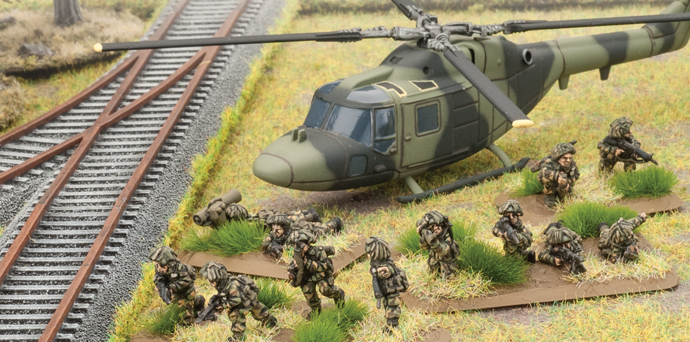
Medium Recce Squadron
The Medium Recce Squadrons use various Combat Vehicle Reconnaissance (Tracked) or CVR(T) vehicles, including the Scimitar, Scorpion, Striker, and Spartan APC. These light vehicles are idea for probing the enemy’s positions. You can use the Spearhead ability of the Scorpion and Scimitar to infiltrate your main attacking force forward. With the 30mm Rarden of the Scimitar or the 76mm gun of the Scorpion they have enough firepower, or smoke in the case of the Scorpion, to extract themselves for any sticky situation they encounter.
The squadron also contains a Striker Guided Weapons Troop. This troop takes the very effective Swingfire anti-tank guided missile and mounts it on the light weight CRV(T) chassis.
Infantry is provided to the squadron by the Spartan Support Troop which mounts 4 GPMG teams with 66mm anti-tank weapons in 4 Spartan CRV(T) based APCs.
Wheeled recce Squadron
The new Fox armoured car is a reconnaissance vehicle based on many of the design principals as the CRV(T), but obviously wheeled rather than tracked.
The Wheeled Recce Squadron has 2 to 5 Fox Recce Troops and a Spartan Support Troop.
The fox is lightly armoured, but is armed with the excellent 30mm Rarden gun.
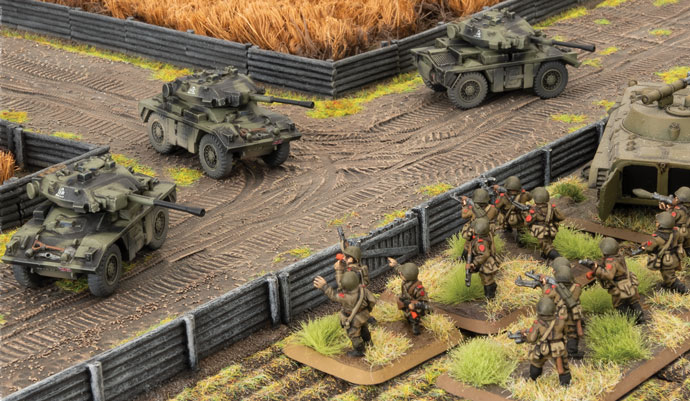
The British have a good selection of support units that include artillery, anti-aircraft weapons, and aircraft.
The M109 Field Battery lets you field 2 to 8 hard hitting M109 self-propelled 155mm howitzers.
The new MLRS Medium Rocket Battery provides a powerful salvo rocket weapon. To represent the saturation that this devastating weapon system can lay down on its target area each MLRS counts as two weapons when firing a bombardment. They can also fire Minelets to seed a minefield on the tabletop.
To guide these and other British artillery systems on to their targets you can take a FV432 FOO. This specialist observer improves your chances of Ranging In.
Another new Unit is the Chieftain Marksman AA Battery. This was an anti-aircraft turret developed by the British company Marconi as an export weapon that could be fitted a variety of main battle tanks. We have the British adopting the Marksman to fit to the Chieftain. The Marksman turret is armed with a pair of 35mm guns, the same weapons as the West German Gepard. It also as a similar radar system for tracking aircraft targets.
The British also have the Spartan Blowpipe SAM Section that mounts the Blowpipe surface to air missile in a Spartan APC for protection and mobility. For longer range and more destructive force the Tracked Rapier SAM Section mounts the long range Rapier surface to air missile on tracked carrier.
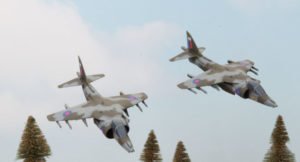
The final support unit is the Harrier Close Air Support Flight. The Harrier can take off from very short runways, allowing them to operate from car parks and highways. This translates into them turning up on a 3+ rather than a 4+ when your role for Strike Aircraft as they can be stationed closer to the front line. They are armed with cluster bombs, giving them a Salvo template for their bombardment, and a 30mm Aden gun.
Changes
A major change from Iron Maiden is that you can now take a Combat Unit from a Black Box as a Support Unit for your Force. Of course this is only if you haven’t already got one of these units in your Force already in one of your Formations (see page 79 of World War III: Team Yankee)
Models
We already have a lot of excellent mode ls in the World War III: British range: the plastic Chieftain tank, FV432/Swingfire, Lynx helicopter, Scimitar/Scorpion, and Spartan/Striker; and the metal and resin Abbot, Tracked Rapier, Mechanised Company, Mechanised Platoon, and Milan Group.
Added to all those great models we have also replaced the metal and resin M109 SP Howitzer and Harrier with plastic kits.
More completely new plastic models include the Challenger tank with options to make the Challenger (ROMOR), the Warrior transport with options to make the Uparmoured and Milan anti-tank options, the M270 MLRS rocket launcher, and the FOX armoured car!
The release of World War III: British will also see the release of a metal and resin Marksman turret that combines with Chieftain plastic kit to make the Chieftain Marksman.
Other Content
The book is packed full of additional background for World War III, the development of the Challenger, and a brief history of the British in the 1990 to 1991 Gulf War.
We have expanded our history of World War III to include the exploits of the 1st Armoured Division during the opening weeks of the campaign as the fight to hold the advance of the Soviet 35th Guards Motor Rifle and 7th Guards Armoured Divisions.
We also include three British World War III scenarios and a multi-player mega-game scenario to end the scenarios played as a campaign.
There is plenty inside World War III: British to interest existing players and those new to the British and the world of World War III: Team Yankee. Enjoy!

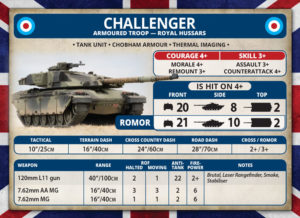
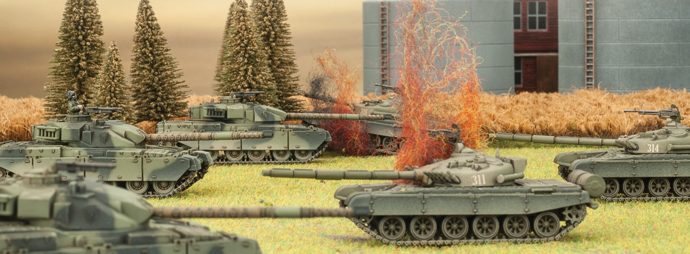
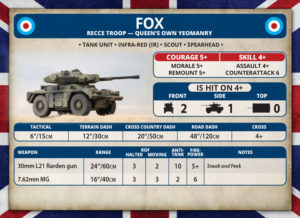
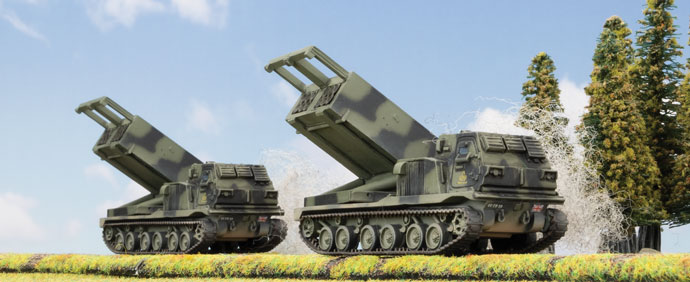
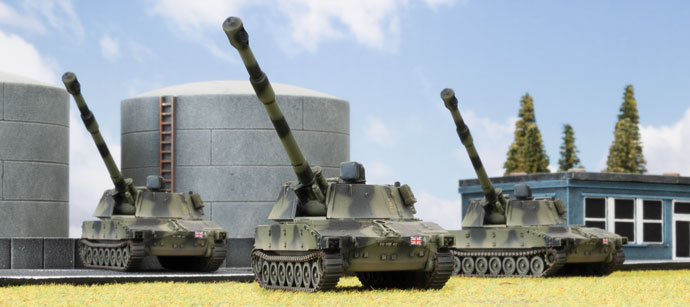
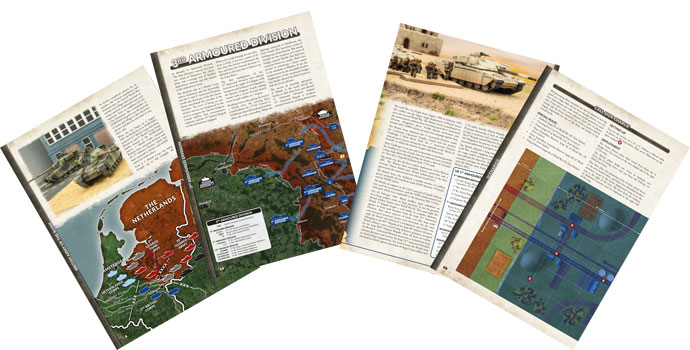
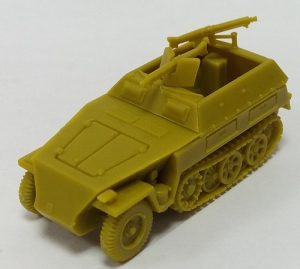
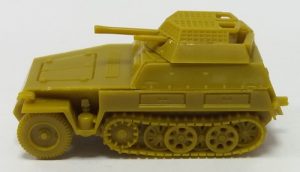
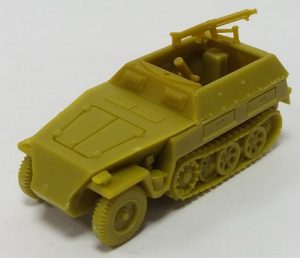
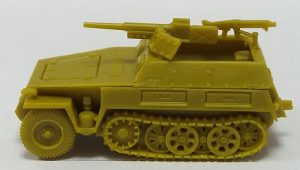
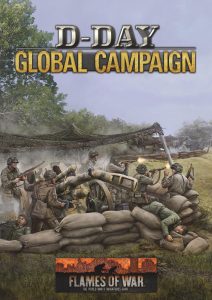 This week we take a closer look at the D-Day: Global Campaign Battlefront and the crew over at OnTableTop are running later this year. We have done several campaigns with OnTableTop in the past for Team Yankee and those who played in those will recognize this campaign- even though there are a few key differences. The campaign itself will have players fighting their way through the battles of Normandy taking over Routes and securing Areas that will earn their side a bonus when fighting in that route during the next week.
This week we take a closer look at the D-Day: Global Campaign Battlefront and the crew over at OnTableTop are running later this year. We have done several campaigns with OnTableTop in the past for Team Yankee and those who played in those will recognize this campaign- even though there are a few key differences. The campaign itself will have players fighting their way through the battles of Normandy taking over Routes and securing Areas that will earn their side a bonus when fighting in that route during the next week.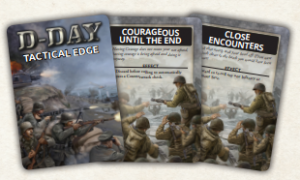 Did I say edge? Well, here is a non-obvious segue way into talking about Tactical Edge cards! Those who are participating in the Hobby League you will earn Tactical Edge cards to use during this campaign. These cards give you a one use boost for any game you play during the campaign, giving you an “edge” in your games. If you didn’t take part in the Hobby League then you don’t have to worry about these cards, unless your opponent has, then be afraid! Be very afraid!
Did I say edge? Well, here is a non-obvious segue way into talking about Tactical Edge cards! Those who are participating in the Hobby League you will earn Tactical Edge cards to use during this campaign. These cards give you a one use boost for any game you play during the campaign, giving you an “edge” in your games. If you didn’t take part in the Hobby League then you don’t have to worry about these cards, unless your opponent has, then be afraid! Be very afraid!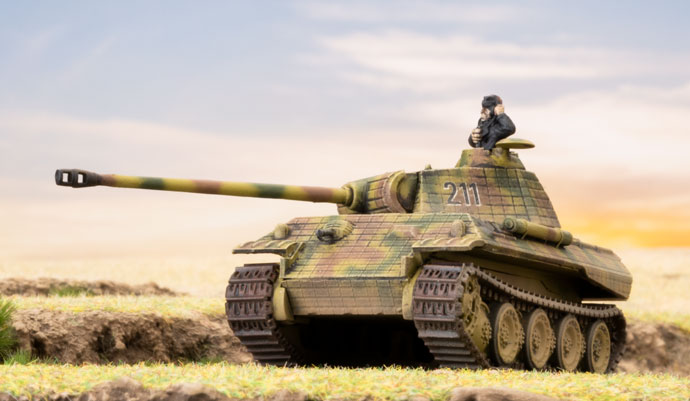

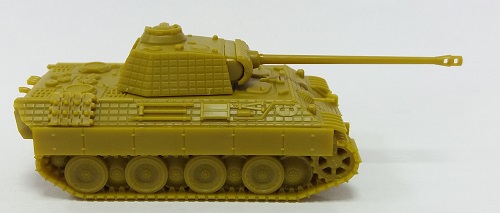
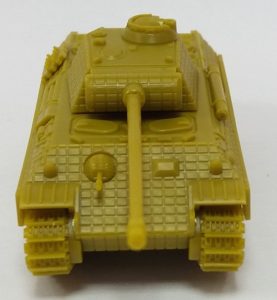
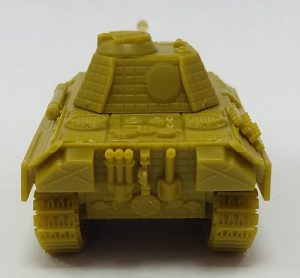
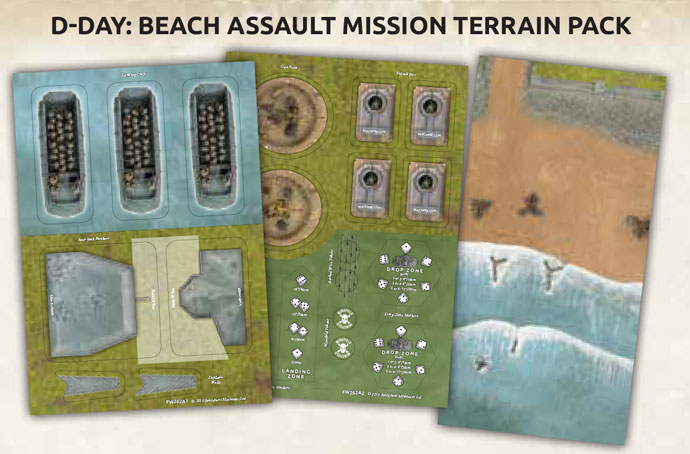 Focussing on D-Day with the first wave of Late War releases has given us all a chance to get excited about the monumental D-Day landings and airborne assaults vividly brought to life by media like
Focussing on D-Day with the first wave of Late War releases has given us all a chance to get excited about the monumental D-Day landings and airborne assaults vividly brought to life by media like 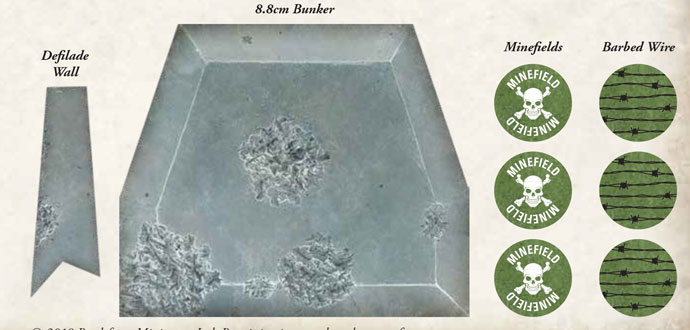
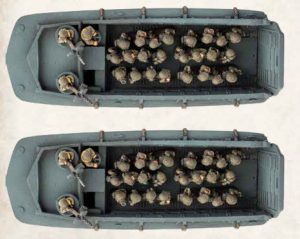
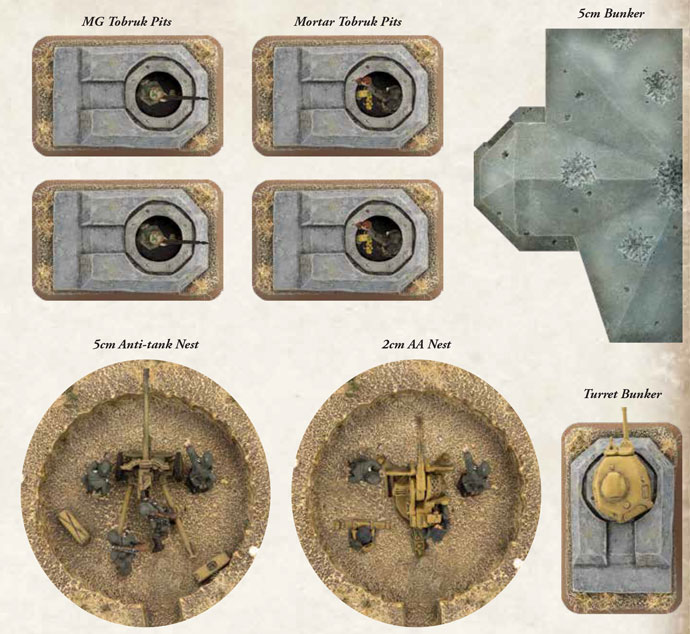
 You can check out our handy How-To videos on Airborne and Beach Landings below- everything you need to know to use the new Cardboard Terrain pack!
You can check out our handy How-To videos on Airborne and Beach Landings below- everything you need to know to use the new Cardboard Terrain pack!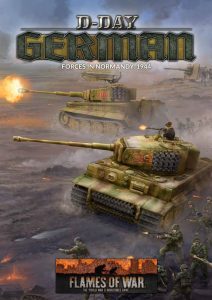 In early 1944, the situation in France was clearly the quiet before the storm. An Allied invasion would come, probably in the summer, but until then it was a quiet place to rebuild divisions shattered in the desperate autumn and winter battles on the Eastern Front behind the ‘Atlantic Wall’ fortifications lining the coast.
In early 1944, the situation in France was clearly the quiet before the storm. An Allied invasion would come, probably in the summer, but until then it was a quiet place to rebuild divisions shattered in the desperate autumn and winter battles on the Eastern Front behind the ‘Atlantic Wall’ fortifications lining the coast.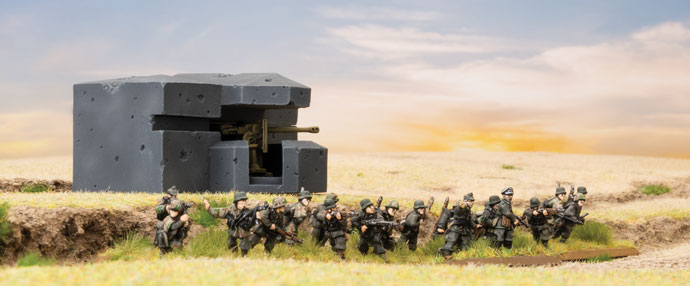
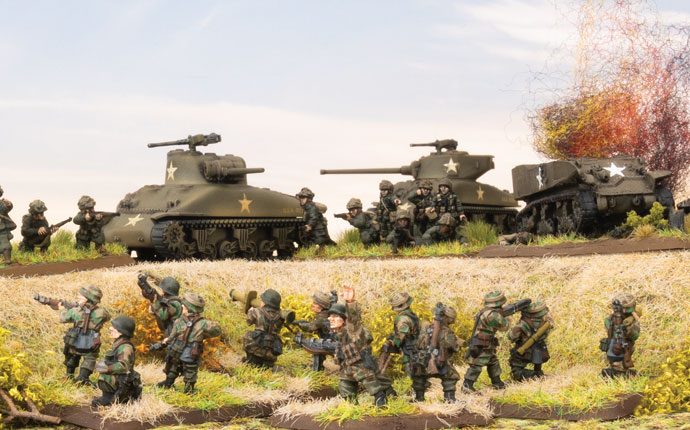
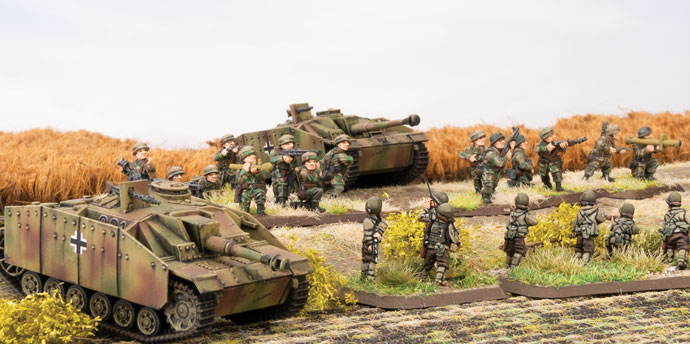
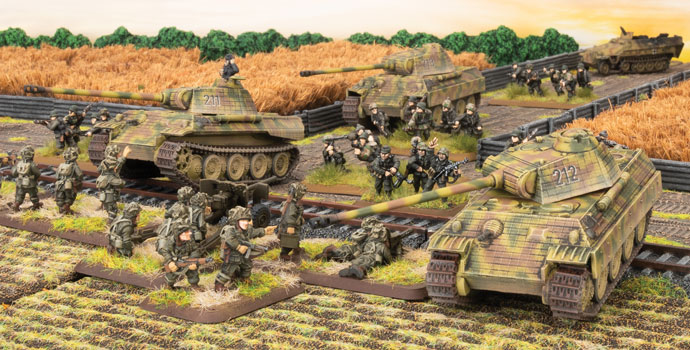
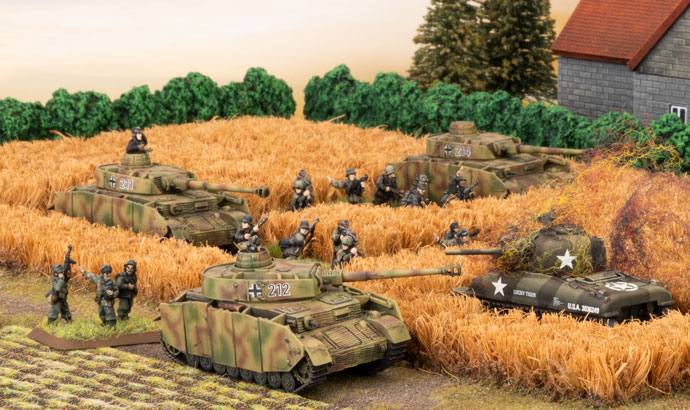
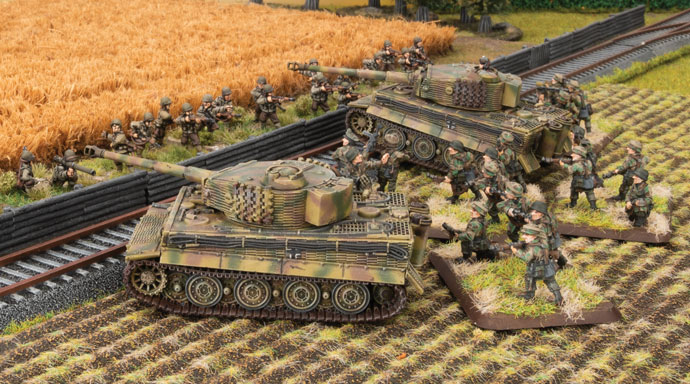
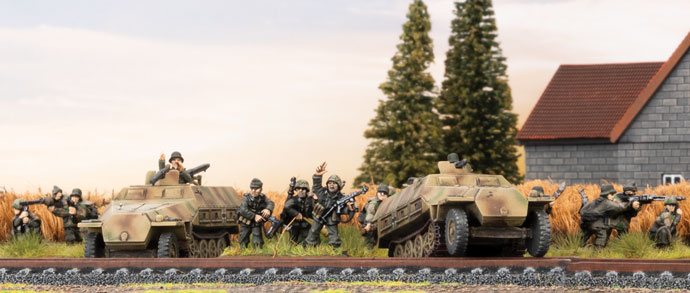
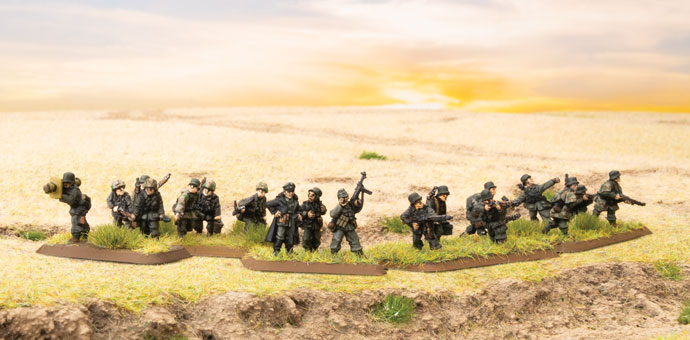
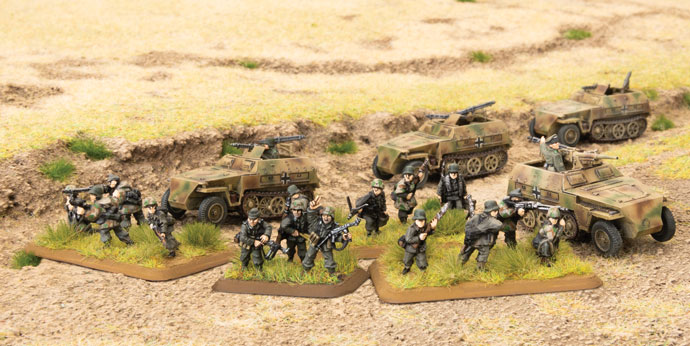

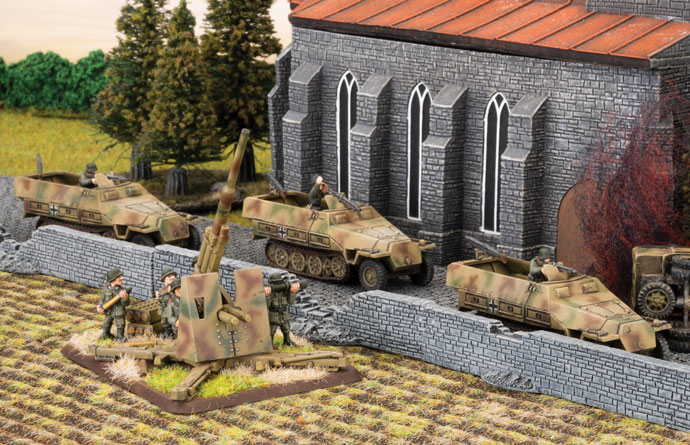
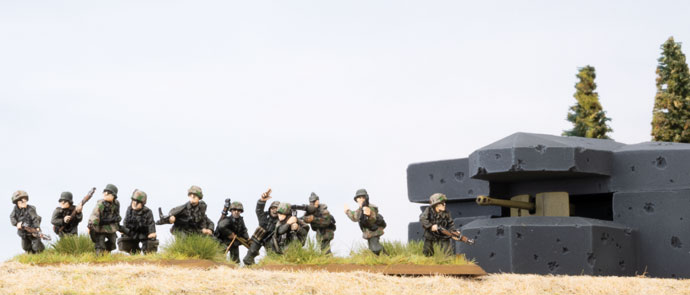
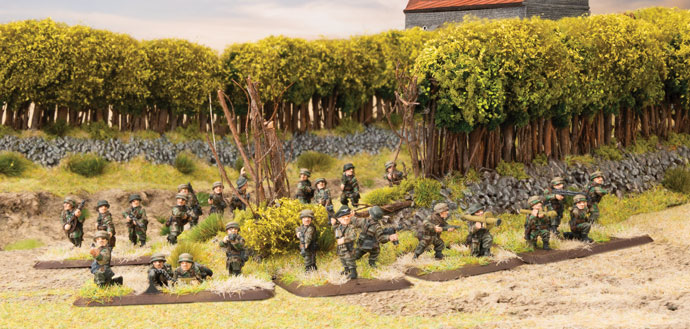

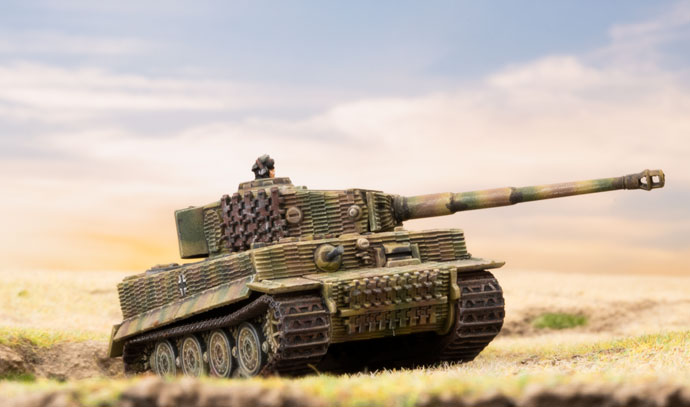
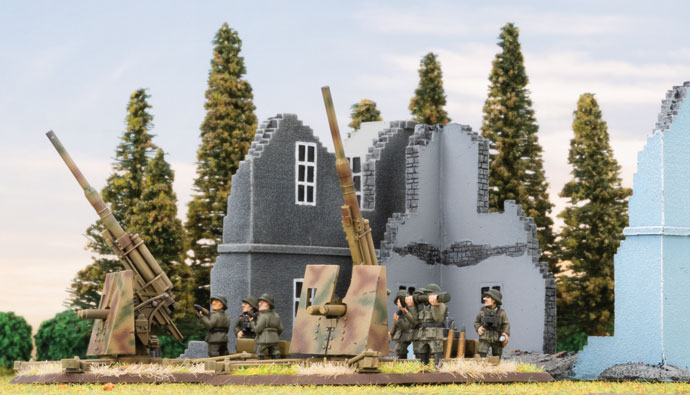
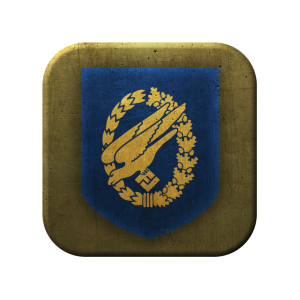 The Fallschirmjäger paratroopers add three different titles from the barely-trained 5
The Fallschirmjäger paratroopers add three different titles from the barely-trained 5
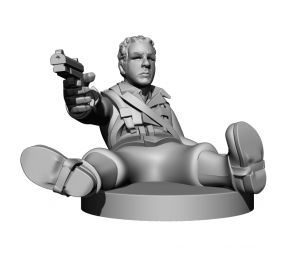 I took a little bit of liberty since it is inspired by the movie and not exact reproduction, and tilted his head back, and raised the pistol. This was done simply to make him look cooler and even more defiant. At this stage there are no details on the character yet, only the fold at the belt, and distortion on the webbing in the stomach area. These come in later. I already did some work on the face too. The amount of detail I am adding is way more than usual since something like a lip would be less than one tenth of a millimetre thick!
I took a little bit of liberty since it is inspired by the movie and not exact reproduction, and tilted his head back, and raised the pistol. This was done simply to make him look cooler and even more defiant. At this stage there are no details on the character yet, only the fold at the belt, and distortion on the webbing in the stomach area. These come in later. I already did some work on the face too. The amount of detail I am adding is way more than usual since something like a lip would be less than one tenth of a millimetre thick!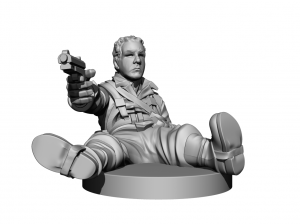
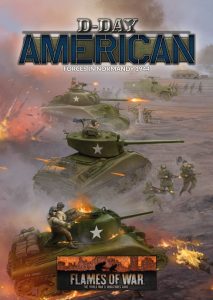 The D-Day landings were the biggest undertaking of the US Army to that point in the war. The US Army was huge, but most of its divisions were totally inexperienced. Only a handful of divisions had taken part in the fighting in North Africa, and most of those were still engaged in Italy. To offset this inexperience, they had raised elite assault troops, such as paratroopers and rangers, reorganised their regular troops for assault landings, and brought experienced veteran divisions back from the Mediterranean.
The D-Day landings were the biggest undertaking of the US Army to that point in the war. The US Army was huge, but most of its divisions were totally inexperienced. Only a handful of divisions had taken part in the fighting in North Africa, and most of those were still engaged in Italy. To offset this inexperience, they had raised elite assault troops, such as paratroopers and rangers, reorganised their regular troops for assault landings, and brought experienced veteran divisions back from the Mediterranean.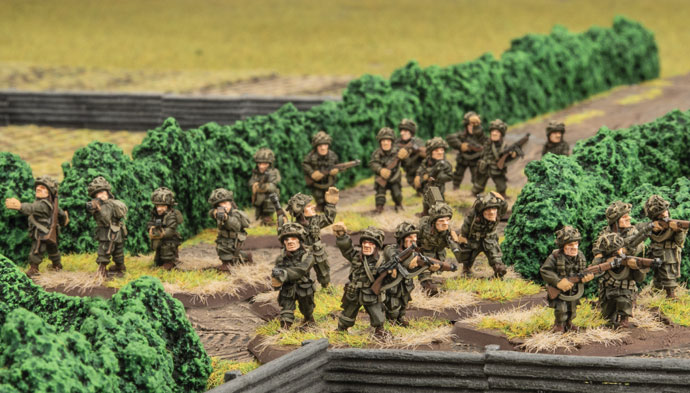 Glider Rifle Company
Glider Rifle Company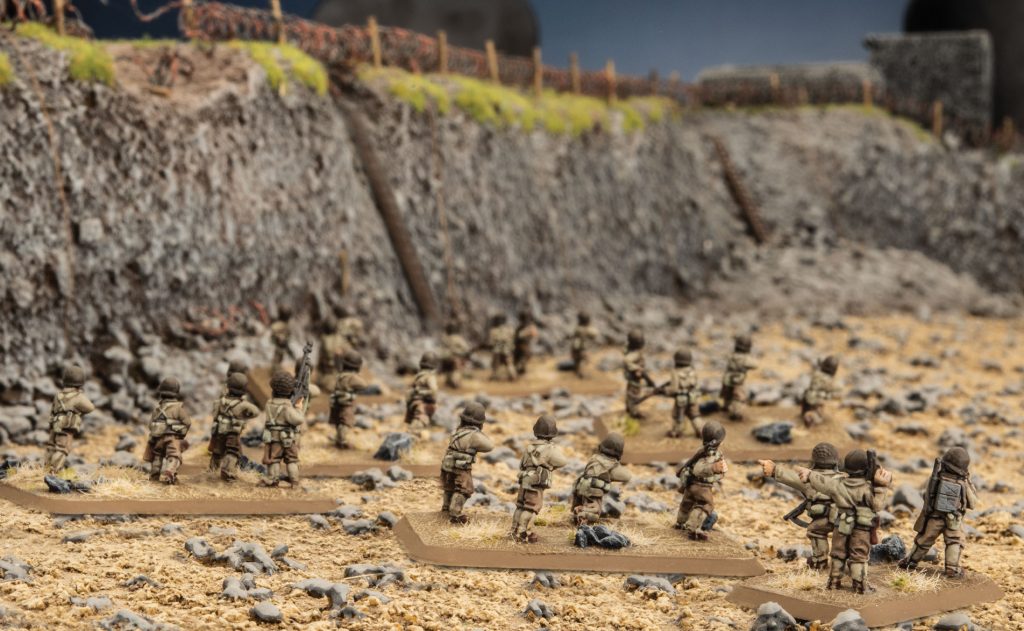 Assault Company & Veteran Assault Company
Assault Company & Veteran Assault Company Rifle Company & Veteran Rifle Company
Rifle Company & Veteran Rifle Company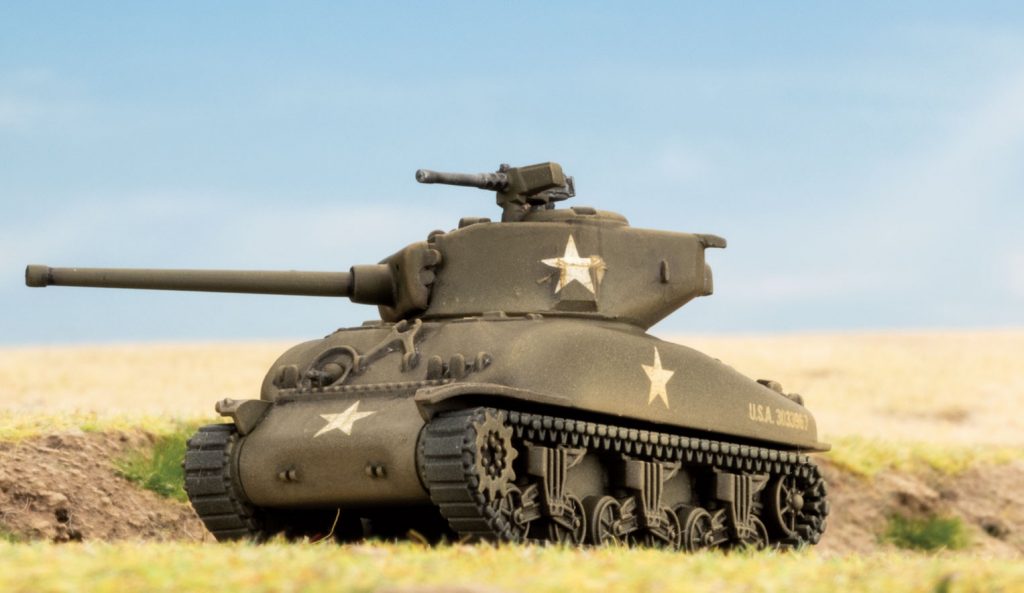 M5 Stuart Tank Company & Veteran M5 Stuart Tank Company
M5 Stuart Tank Company & Veteran M5 Stuart Tank Company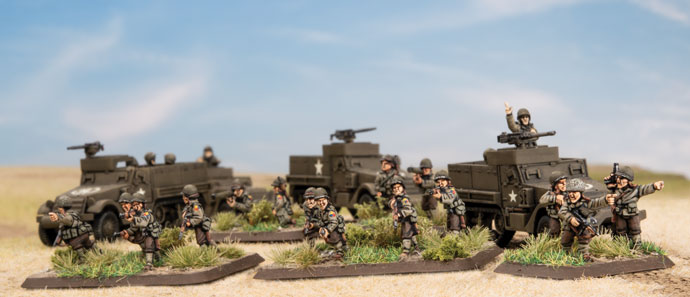 M10 Tank Destroyer Company
M10 Tank Destroyer Company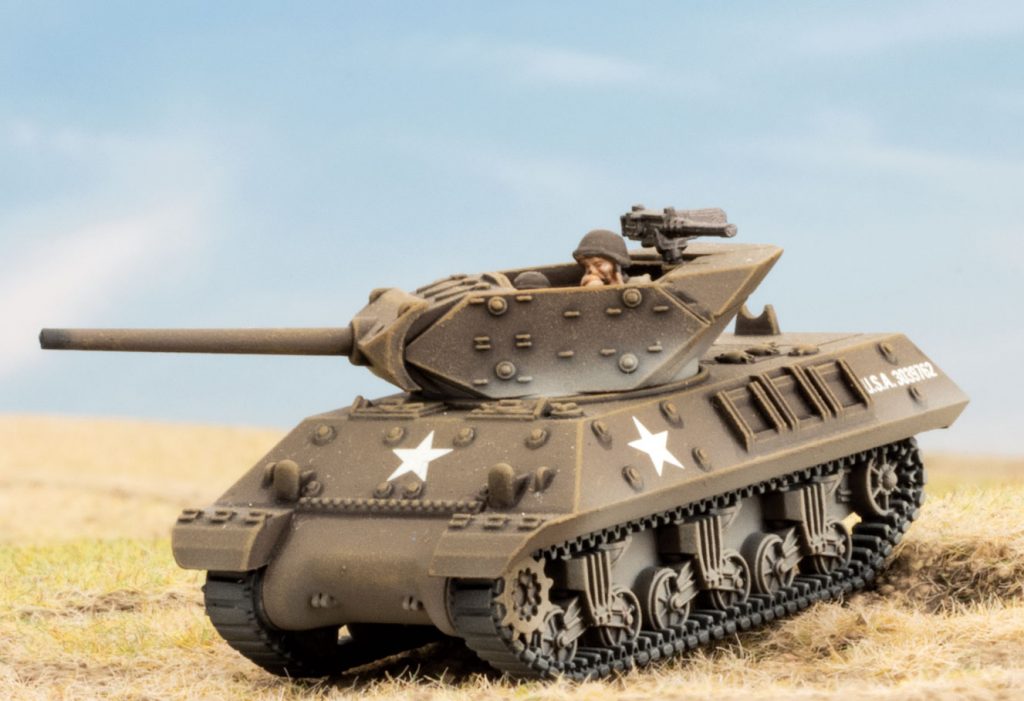 Support
Support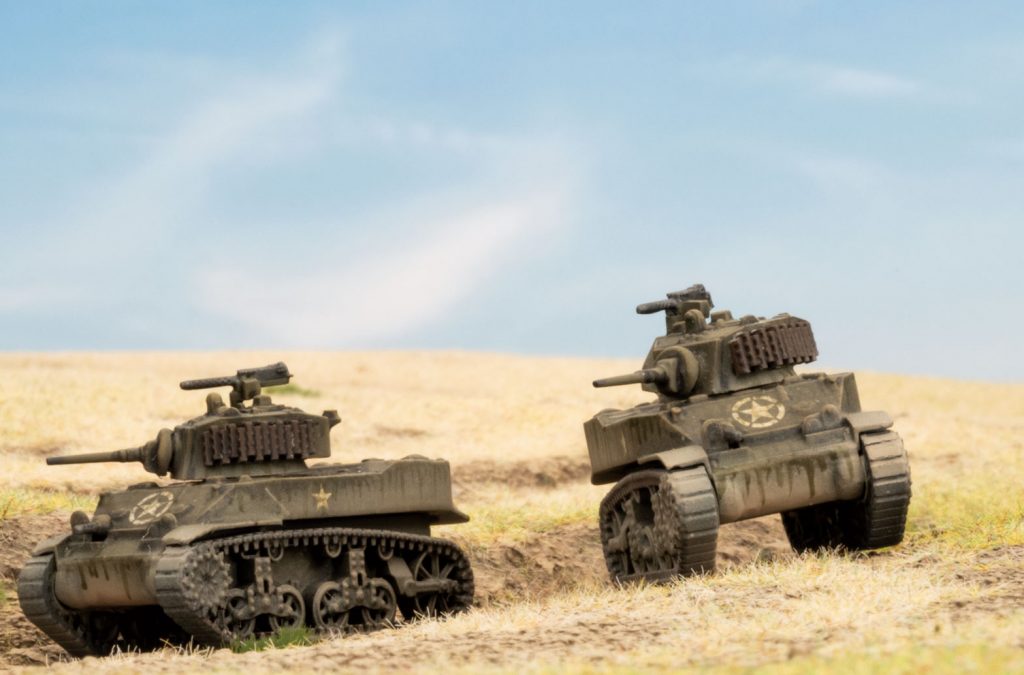
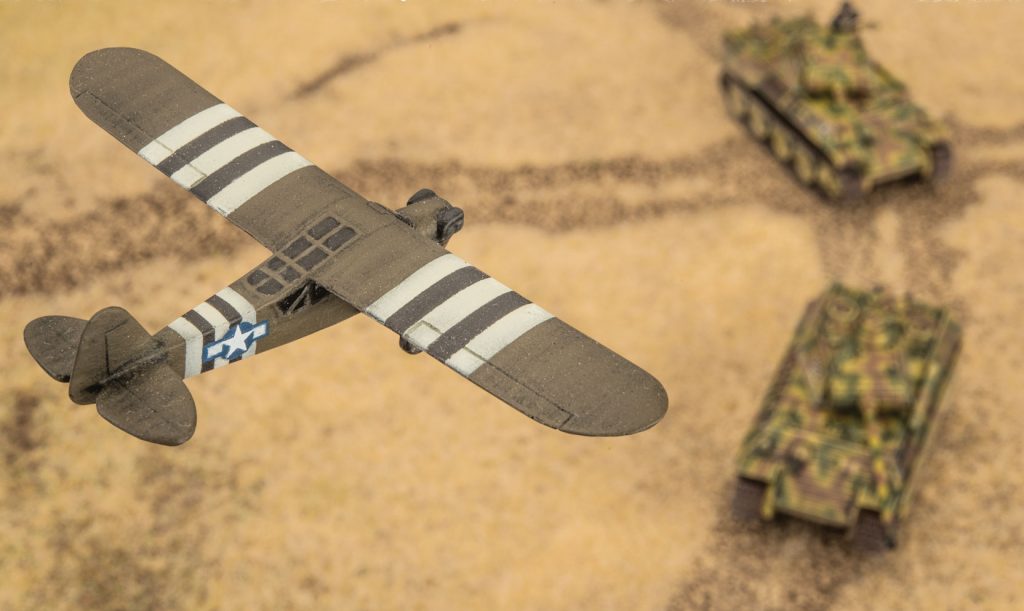 Normandy Campaign Missions
Normandy Campaign Missions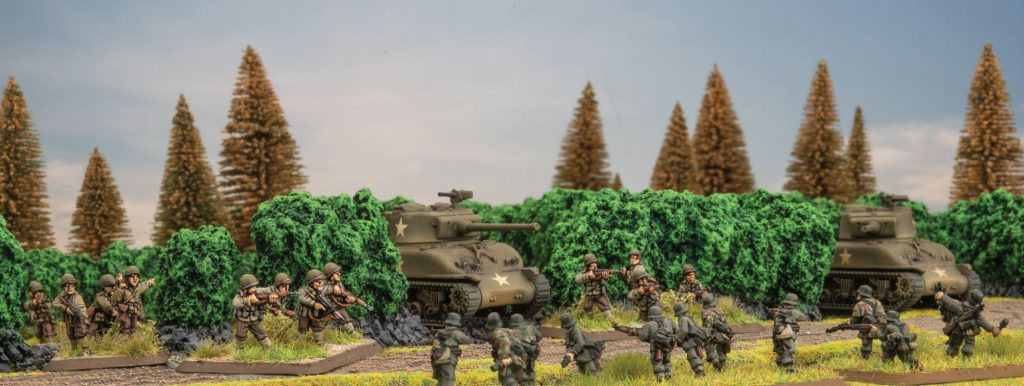 Who are the Warriors
Who are the Warriors